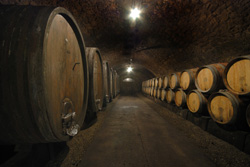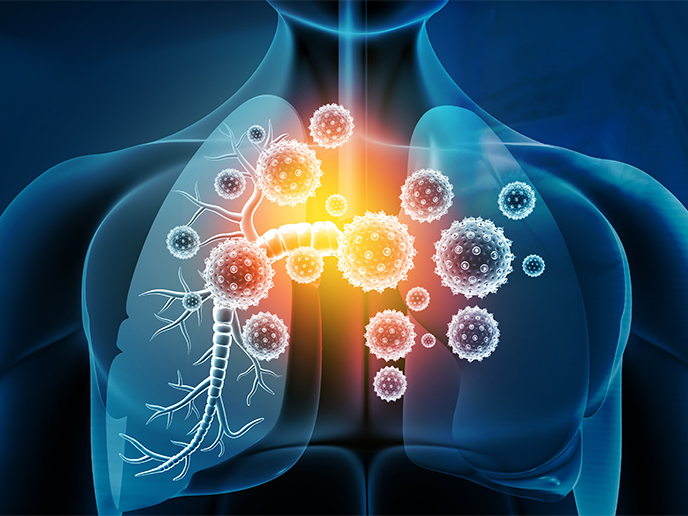Finding the reasons for histamine in wine
Histamine, a biogenic amine is produced by fermentation from the amino acid histidine. When ingested, it can cause allergy-like symptoms such as flushing, headache, palpitation, itching, wheezing, difficulty in breathing and diarrhoea. Unfortunately in wine, the presence of alcohol and other biogenic amines can exacerbate these effects. Not surprisingly, the wine industry has set a strict limit on histamine content for wine producers of 2 to 10 milligrams per litre. The histamine-producing pathway is not present in all lactic acid bacteria (LAB) strains. Accordingly, scientists at Bordeaux University surveyed more than 250 wines in their famous wine-producing region. They tested for the presence of histamine producing LAB. A specially developed real time quantitative polymerase chain reaction (PCR) method was used to analyse the vintage wine. The stark reality was that only 2% of the wines were free of histamine producing bacteria, although not all these would be unacceptable. To elucidate this, the team then investigated the actual concentration of bacterial cells in some of the spoiled wine. They found that when there were over 1000 cells per litre, concentrations of the amine were significant (over two milligrams per litre). This was the case in around seven of the ten wines. To see if there was a geographical link, they mapped the distribution of histamine concentration in the different wines from different vineyards. They concluded that some localities produced wine that was more prone to spoilage. This however could be attributable to practices and wine composition, not geographical distribution. Identifying the causes of histamine production in wine could be the key to keeping concentrations at an acceptable level. This means that less wine will be categorised as unsuitable for consumption and good news for the wine industry as a whole.







